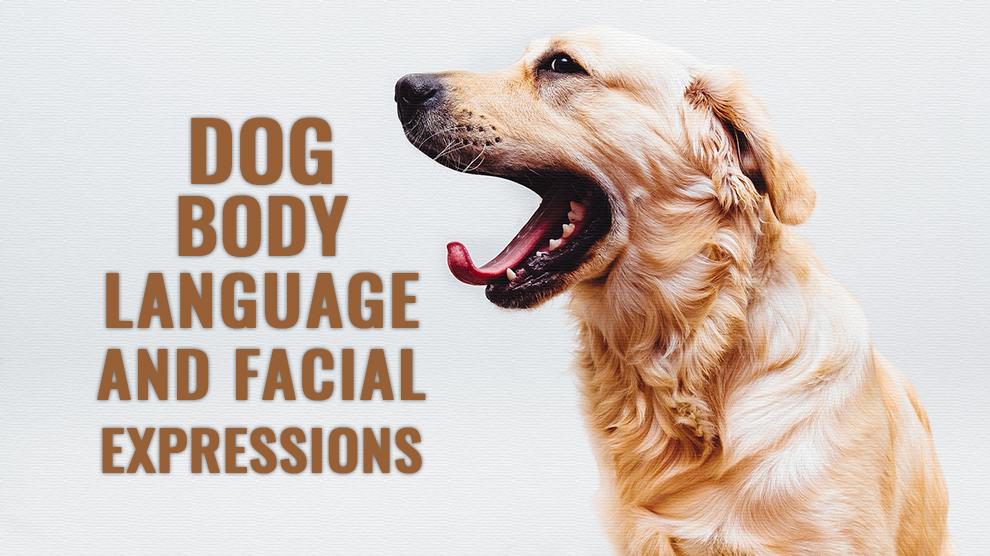Dog Pregnancy Calculator And Timeline
Over thousands of years, wolves developed a detailed scheme of vocalizations, facial expressions, and body language.
Dogs, later, use this system of communication and most of these dog body language signals are easily interpreted by other dogs.
If you understand how your dog communicates by reading his gestures, observing his postures, and listening to it, you can easily communicate with your dog and solve any behavior issues that arise.
Go through the list of dog facial expressions and improve your communication.
Dog Facial Expressions
It is really useful to understand dog body language and their associated facial expressions. The list provides some of the popular dog facial expressions communicated by those lovable furry faces.
Bear in mind, that when interpreting solutions about dog gestures, it’s necessary to consider the whole body language so that you get a detailed picture.
Include this vocabulary of dog facial expressions to things you are already familiar with dog body language. With practice, you can claim yourself as the best dog listener.
It might just open up your dog to a new and stronger relationship with you.
You might at the end of this learning session will agree that it really is an important skill to possess as a dog owner.
Dog Eye Expressions
A canine’s eyes are capable of sending an array of dog gestures and emotions. Let’s learn more about a dog’s eye expression.
Dog Whale Eye
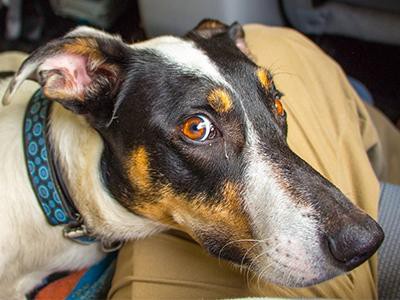
When a dog displays the whites of her eyes, it’s commonly called displaying whale eye. It’s a warning and precursor, and it shows the dog is actually looking sidewards. In this facial expression, the nose usually points forward.
Watch the dog’s complete body language to understand whether the whale eye is an aggressive signal or not.
If the dog’s body is still and forward, keep away from him. He means business.
If other dog body language signals show a relaxed attitude, then it is no aggression at all.
Why Does My Dog Avoid Eye Contact?
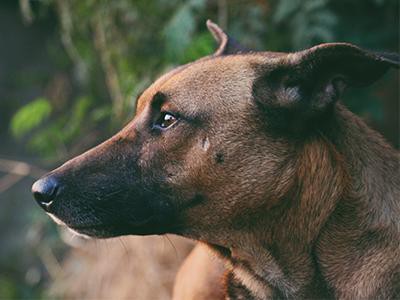
Direct eye contact is considered a sign of threat at least in the dog world. Unless a dog is ideally trained for maintaining eye contact, he will mostly look away when you try to establish direct eye contact with him.
It means he is not yet ready to make any sort of challenge. Your dog is trying its level best to stay non-confrontational and polite.
Humans perceive this no direct eye contact as being sneaky.
If you love to engage your dog into direct eye contact, remove all dog body language that suggests negative behavior.
You should quality time reinforcing him and training him for looking you directly in the eye.
Squinting Eyes In Dogs
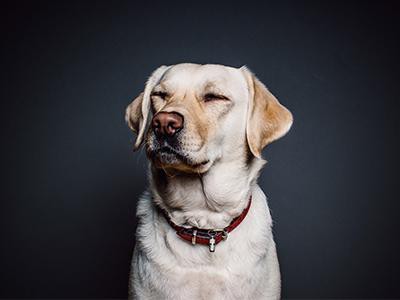
Squinty eyes in dogs indicate appeasement. This could also mean a sign of fear.
If your dog squints and approaches forward, it’s an affectionate social expression. You can communicate with him now.
If you find your dog squinting with a weak body posture lowered and back, it could probably be fear.
Stay at a safe distance and he may bite you if you try to get near him.
Dog Hard Eye
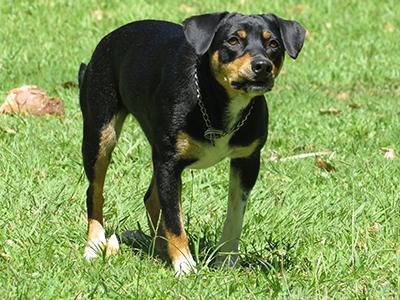
This is hard, a cold stare that can give you chills. It is not at all normal.
The eyes appear menacing and there is most likely no or little body movement. The ensuing dog body language is strong in which the dog is standing tall with tail erect.
A pre-biting phase in which the dog goes totally still. Stay away if you notice this kind of sign.
Dog Soft Eyes
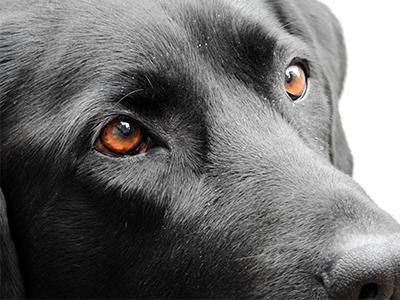
In soft eye contact, the dog appears friendly, confident, and calm.
The eyes are almond-shaped, with the pupils contracting or expanding based on the available lighting. The other common dog gesture accompanied with this includes wiggling, a curved body, and a relaxed wag.
Dog Ear Expressions
Why Do Dogs Put Their Ears Back When Happy?
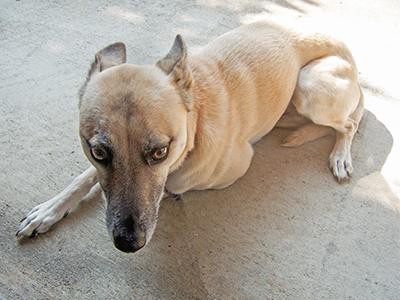
Irrespective of ear style, ears positioned back against the head conveys a lot of meanings. It can range from stress, fear, or appeasement.
Dog Ears Relaxed
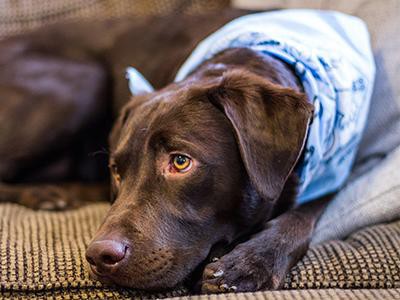
For an eared-dog, the ears can appear up and forward. It may not be hard forward, and at times, swivel to one side.
In the case of a drop-eared dog, the ears appear flat against the side. It does not appear pulled forward
This dog facial expression means a relaxed dog.
Dog Ears Flop Forward
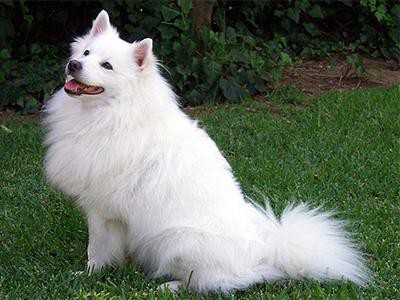
The dogs with this kind of gesture are actually alert and aroused.
The ears alone cannot reveal the complete picture unless and otherwise, you study its eyes. If the eyes appear soft and the body looks wiggly, then he is aroused and happy. If the eyes appear hard and the body looks tense, he is aggressive and aroused.
A dog’s ears send the right kind of signs. A dog having cropped or dropped ears, it can be really harder to read.
If you clearly know how to interpret your dog’s ear signals, then it’s a walk in the park.
Dog Mouth
Why Do Dogs Snarl?
In this gesture, the lips totally curl up. The teeth are exposed sending out a clear message that he is ready for something bad.
The eyes appear hard and the ears may appear pinned back or pricked hard forward.
Be patient and decide your next course of action.
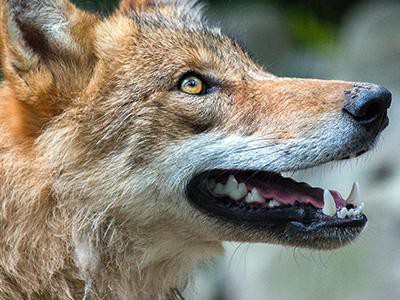
Commissure Of Dogs Mouth
Commissure means the corners of the dog’s mouth.
Please remember how it looks when your dog is calm and composed and there are two different variations.
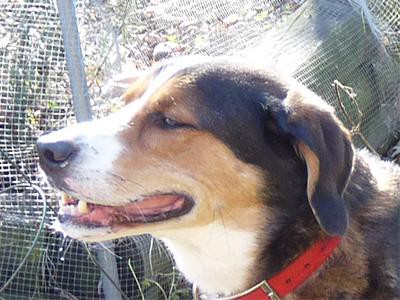
If the mouth corners are forward and it shows a “C” like shape, it appears offensively aggressive.
If the corners form a “V” shape, it is defensively aggressive.
Why Do Dogs Yawn?
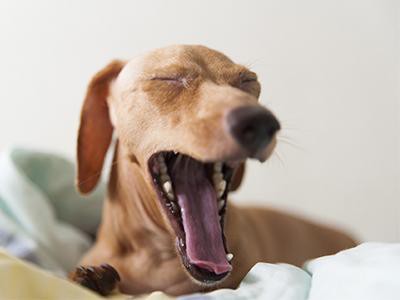
Yawning happens due to several reasons and they include:
- Feeling stressed out
- Passed on from others as yawning is contagious
- Feeling tired
Why Do Dogs Lick?
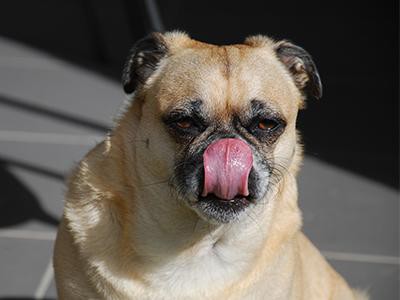
Why dogs lick?
It could be due to anyone or a combination of these reasons:
- While greeting someone
- Appeasement licking
- Lick to relish the taste of the food they had consumed last
- Allergies
- Canine compulsive disorder
- Stress
Analyze the complete body language and then decide whether it is aggressive or defensive.
Why Do Dogs Pant?
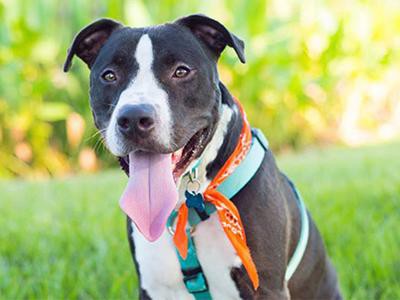
A dog pants for a range of reasons-
- To cool off
- Due to overheat
- Stress
Evaluate the dog’s total body language as well as learning what activities he been part of in recent times.
Distress panting and stress is shallow and fast, as opposed to normal panting which is deeper and slower.
Stress In A Dog
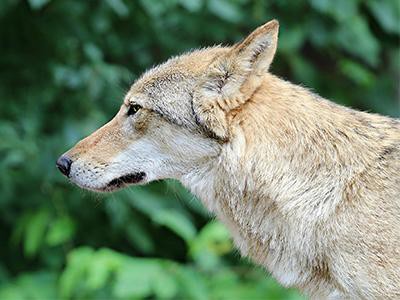
If your dog’s mouth appears open and relaxed, and he keeps it closed, his body appears still, and then there are lines visible around his mouth, stay away from him.
If he freezes, then something is wrong. This is the normal gesture before any dog pounces to bite.
Relaxed Dog
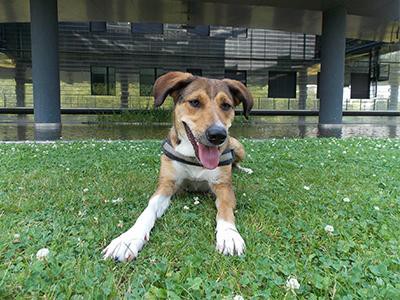
Your dog ’s mouth, when he is relaxing, remains slightly open or closed.
If relaxed and closed, the skin appears wrinkle-free, with exceptions for brachycephalic and wrinkly (short-faced) dog breeds.
Dog Facial Muscles
Calm Dog
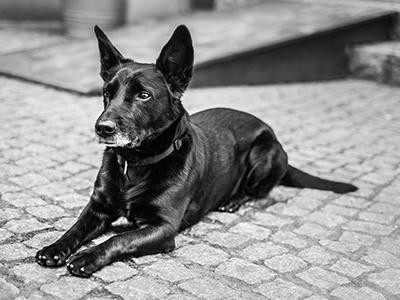
A relaxed dog displays smooth brow lines and the only exception are those wrinkly dog breeds.
Dog Submissive Grin
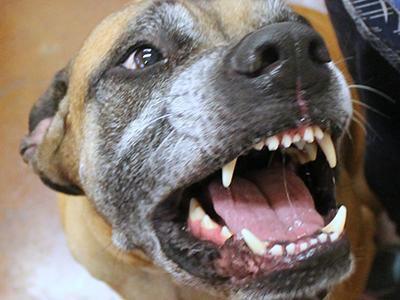
The appeasement grin looks a bit confusing in canine communication.
This gesture is seen quite rarely in dog-to-dog interactions and it is not uncommon. Some people believe that dogs are copying human smiles.
If you are unsure, check your dog’s complete body language.
You probably missed the trick and did not know that a dog’s face consists of muscles. Without them, they would find it really hard to express those cute expressions.
There are some places where these muscles create simple tension lines, and these signs need more attention.
Dog Mouth Lines
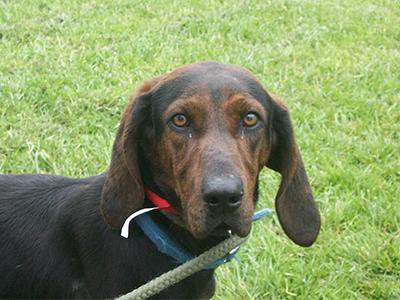
A happy dog’s lips appear wrinkle-free and flat.
Dog Facial Expression – In a Glance
1. Submissive Dog Expressions
Body Parts Dog Gestures
Ears Appears flattened
Eyes Whites showing, narrowed to slits
Mouth Lips pulled back and licking or nuzzling another person
Body Front paw raised, lowered to the ground. Belly up and leak of urine or anal scents
Tail Stuck between legs
Vocalizations Possible whimpering
2. Predatory Dog Expressions
Body Parts Dog Gestures
Ears Moves backward or forward to catch sounds
Eyes Staring or focusing, wide open
Mouth Closed
Body Low to ground, keen to spring forward.
Tail Low and straight
Vocalizations/ barking tendency Nothing, otherwise the prey would be alerted
3. Happy Expressions
Body Parts Dog Gestures
Ears Relaxed, forward and perked-up
Eyes Appears wide open
Mouth Slightly open and mouth relaxed. Teeth not exposed. Panting in excitement
Body Circling around, running back in joy. Front end lowered.
Tail Wagging steadfastly
Vocalizations/barking tendency Play-growling and barking sounds soft and not aggressive at all
4. Guarding Dog Expressions
Body Parts Dog Gestures
Ears Forward and perked up
Eyes Alert, wide open
Mouth Slightly open, gnashing or snapping of teeth
Body Standing tall hackles up
Tail Appears straight out
Vocalizations/barking tendency Snarl, growl, and loud alert bark
5. Flight Dog Expressions
Body Parts Dog Gestures
Ears Plunging backward
Eyes Whites showing, rolled back, wide open
Mouth Slightly opened, drooling not ruled out
Body Shivering, low, ready to run
Tail Between the legs
Vocalization/ Barking tendency Whine or yelp
6. Fearful Dog Expressions
Body Parts Dog Gestures
Ears Low on the head and laid back flat
Eyes Averted, narrowed, white showing
Mouth Lips pulled back to show teeth
Body Remains low in submissive position, trembling, shivering
Tail Stacked between the legs
Vocalizations/barking tendency Growl, whine, yelp
7. Dominant Dog Expressions
Body Parts Dog Gestures
Ears Forward and up straight
Eyes Staring, wide open
Mouth Slightly open or closed
Body Hackles up appear tall
Tail Fluffed and stiffened
Vocalizations/barking tendency Grunt, growl, and low
8. Friendly Dog Expressions
Body Parts Dog Gestures
Ears Perked-up
Eyes Rolled back, whites visible
Mouth Slightly opened, drooling
Body Normal posture
Tail Wagging
Vocalizations/barking tendency High bark, short, yapping, and whimpering
9. Curious Dog Expressions
Body Parts Dog Gestures
Ears Forward-pointing perked up
Eyes Wide open
Mouth Possible panting, teeth covered, mouth open
Body Pacing, wiggling, normal stance
Tail Wagging and up
Vocalizations/ barking tendency Whining, short barking
10. Active Dog Expressions
Body Parts Dog Gestures
Ears Forward-pointing, perked-up
Eyes Very active, wide open
Mouth Slightly open, normal panting
Body Poised to run, legs bent, tense
Tail Straight out
Vocalization/barking tendency None
11. Anxious Dog Expressions
Body Parts Dog Gestures
Ears Partially back
Eyes Slightly narrowed
Mouth Mouth closed
Body Tense, slightly lowered
Tail Partially lowered
Vocalizations/ barking tendency Low whine
12. Alert Dog Expressions
Body Parts Dog Gestures
Ears Turning, perked-up
Eyes Wide, open normally
Mouth Slightly open
Body Slightly dominant position
Tail Possibly wagging
Vocalization/barking tendency None, alarm bark, or low whine
13. Aggressive Dog Expressions
Body Parts Dog Gestures
Ears Close to head, back or forward
Eyes Staring challengingly
Mouth Possible jaw snapping, lips open, teeth bared
Body Dominant position hackles up, upright, tense
Tail Fluffed up, straight out
Vocalization/barking tendency Loud bark, growl, snarl
Do Dogs Smile?
Your pet dog’s mouth opens, her lips move at the corners. She rolls out her tongue. Is she really happy?
So, are dogs smiling?
Let’s turn back time and travel about 30,000 years back. Dogs and humans have grown up together developing a thick friendship.
As per expert opinion, “ Studying canines produces a lot of details and information for further analysis.”
Do Dogs Smile When They’re Happy?
Most of this analysis confirms the idea that the bonding between humans and dogs is distinct and unique.
For example, experts have confirmed that canines understand eye contact and human gaze in a simple way that few other animals understand.
A study reported in the scientific journal showed how dogs and wolves would react to the activity of opening a container to get some meat.
Scientists discovered that wolves would walk away when they failed to open it. Dogs would give their human companion a long quizzical gaze, asking them as if can you open the same for them.
Another study revealed that both humans and dogs experience a better level of oxytocin. This hormone plays a crucial role in social relationships and bonding.
Dogs that somehow sniffed oxytocin would simply spend more time gazing at humans.
Do Dogs Really Smile?
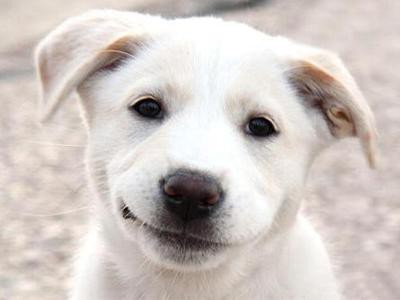
While there is definitely no proper explanation for a canine smile, canine lovers are able to recognize the smile.
The dog looks cheerful and relaxed. Your dog’s mouth is open, an upward curl, and his tongue is clearly visible.
The canine’s tail is wagging, and he looks happy. Certain dog breeds, mainly those with smushed noses look tired or panting.
Pugs are one of the eager to please, affectionate, and friendly dog breeds. They, indeed, have a smiley face.
The Shiba Inus exhibit a smiley sort of grin every now and then.

